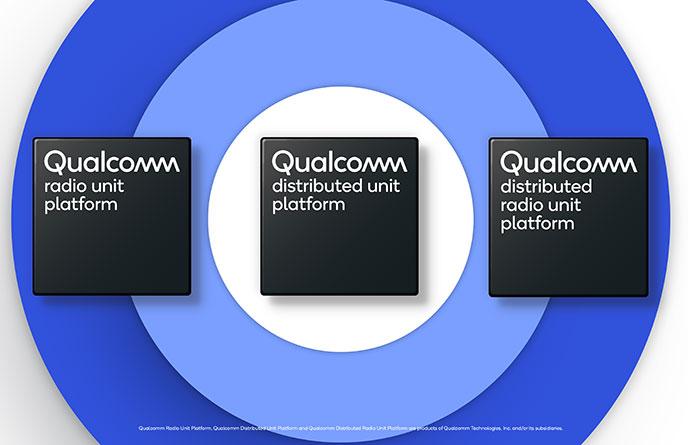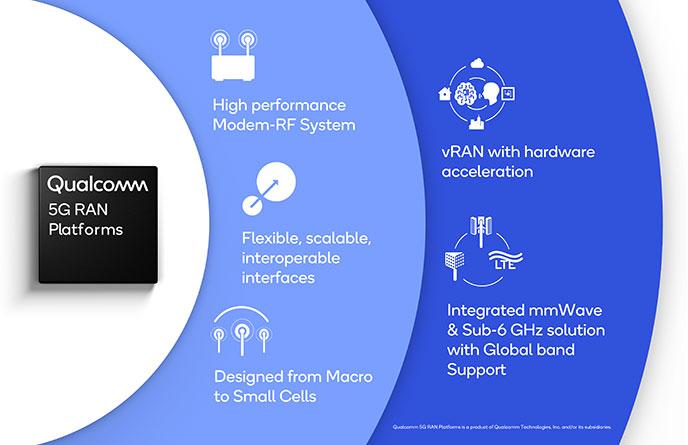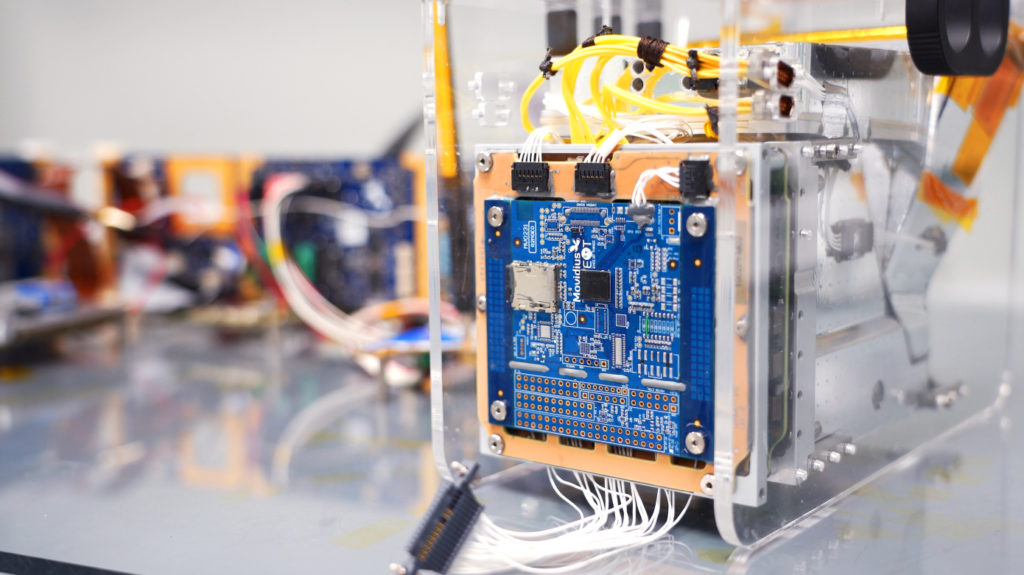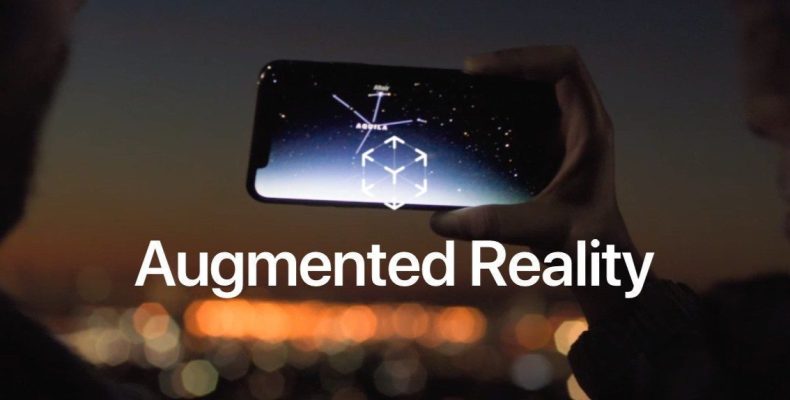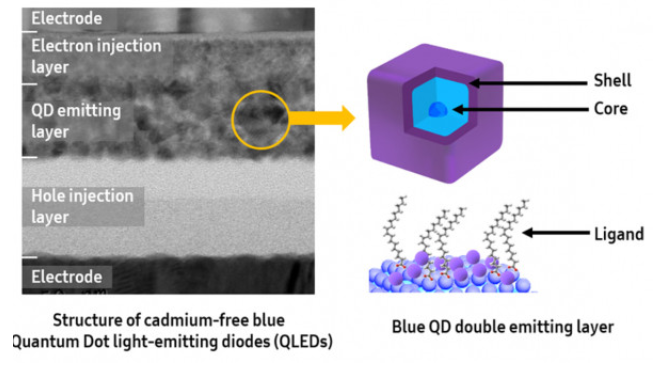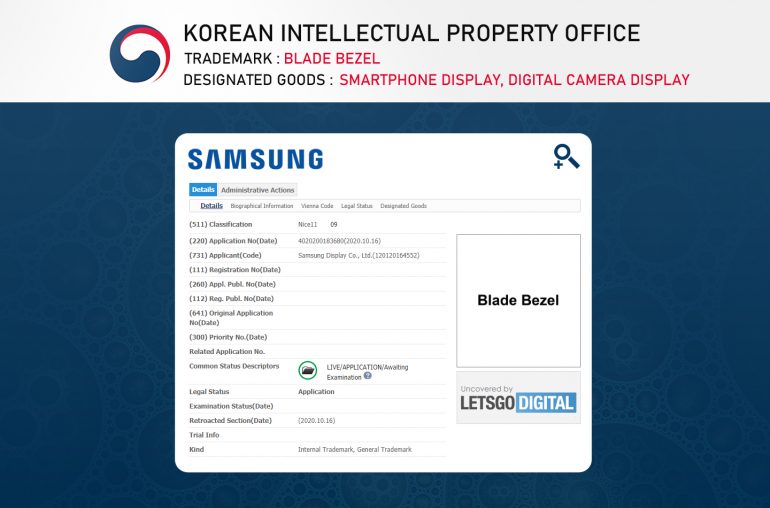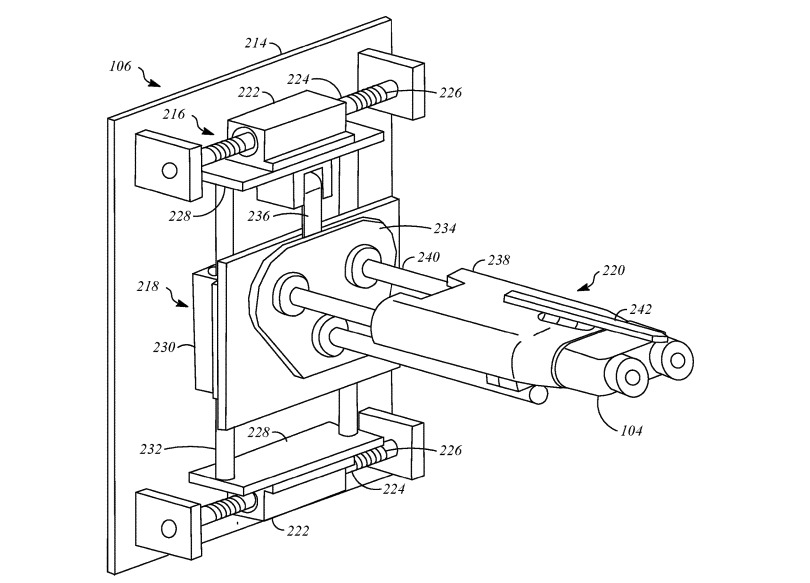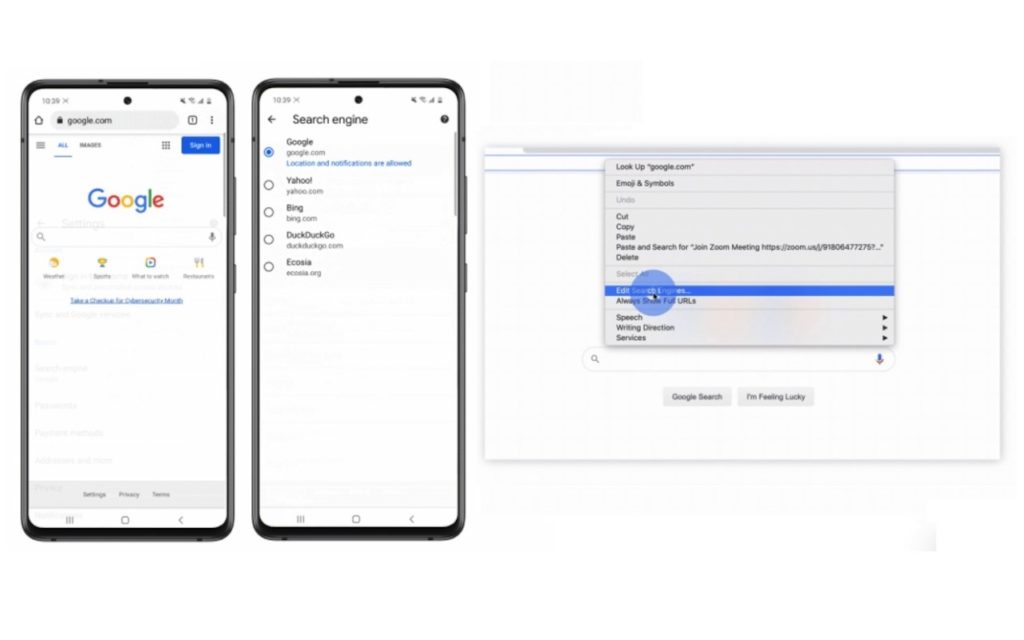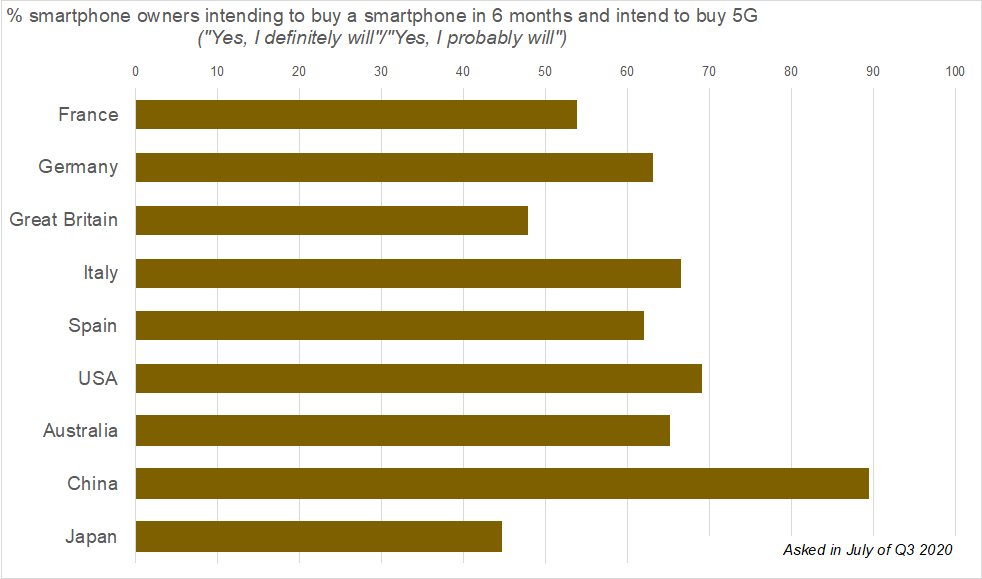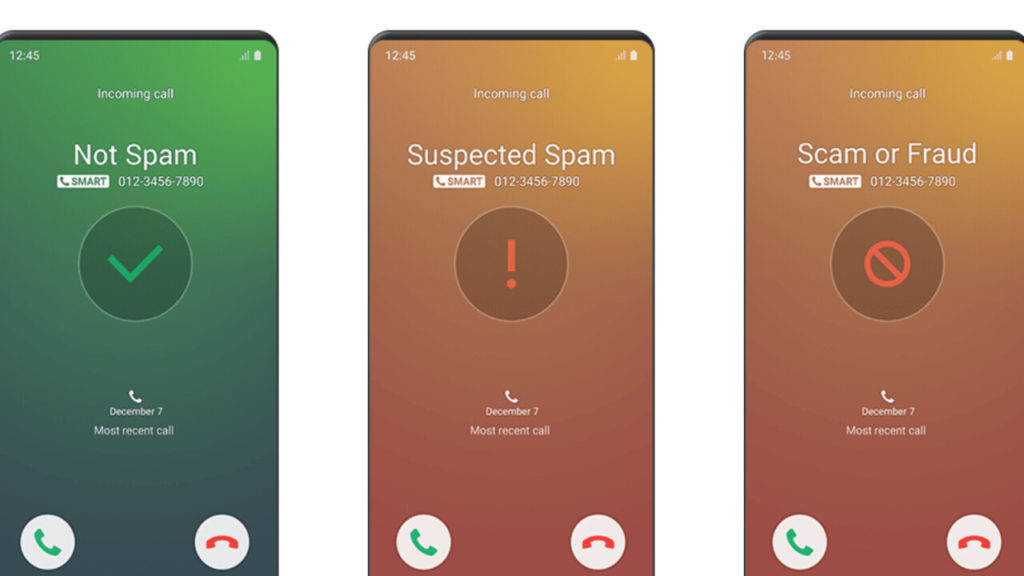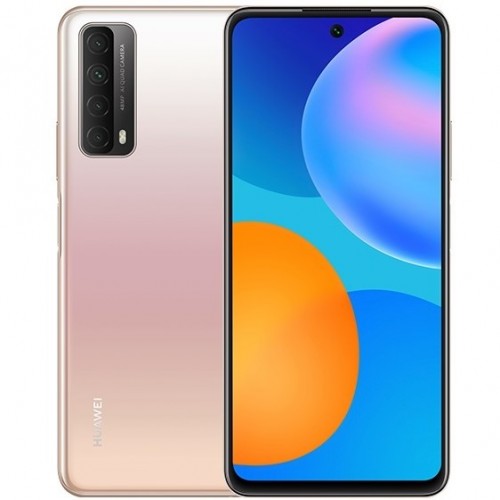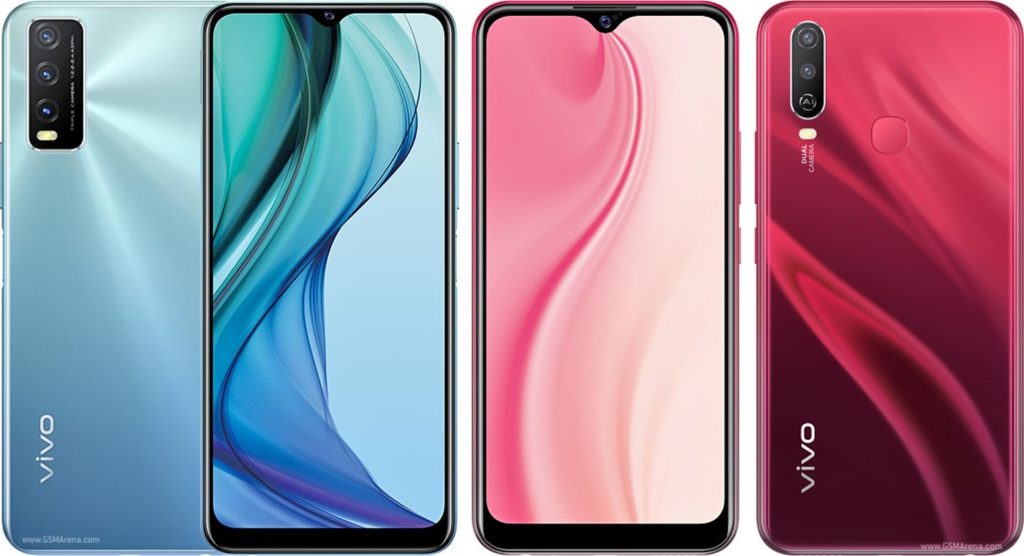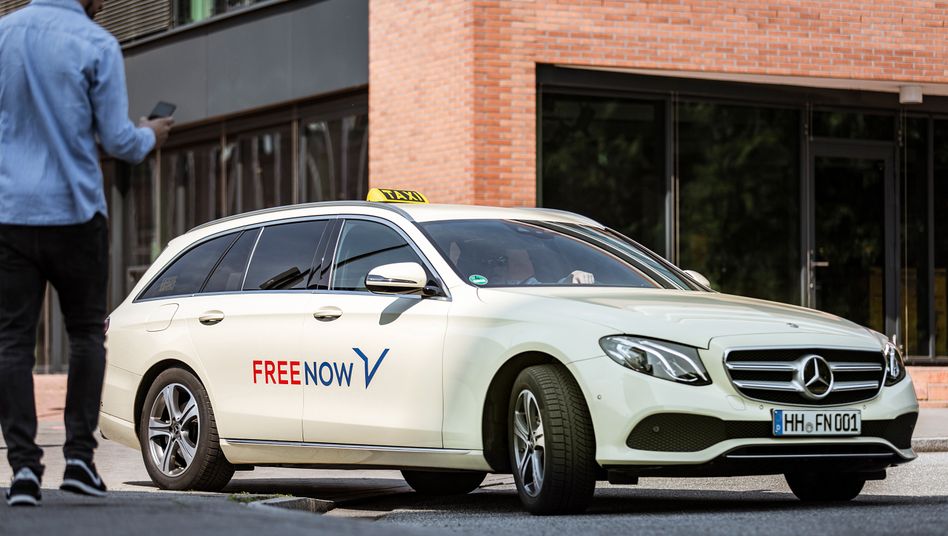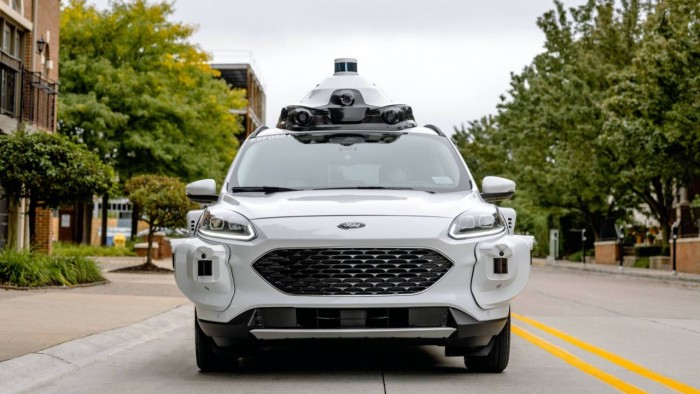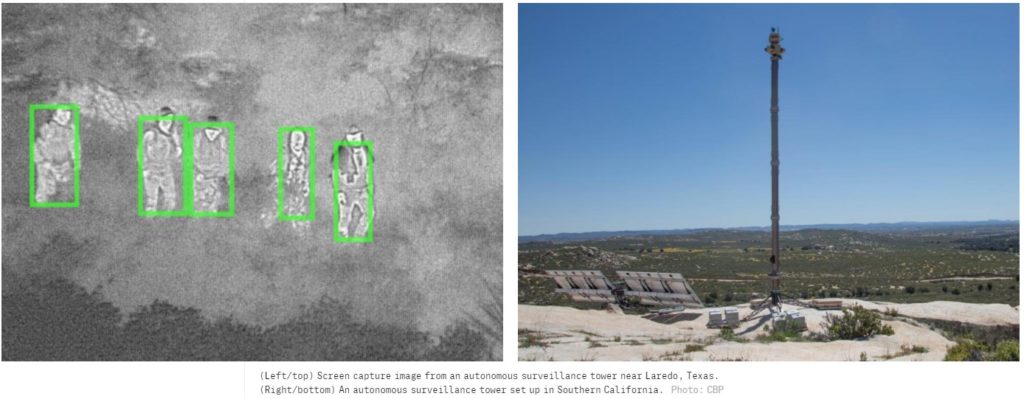
10-20 #Headache: vivo has officially entered the European market; Reliance Jio has partnered with Qualcomm to have already achieved over a 1Gbps speeds over their jointly-developed test network; etc.
Qualcomm has announced new 5G RAN chip offerings in support of its vision for the future of 5G. Those can readily be summarized as its new Qualcomm Radio Unit, Distributed Unit, and Distributed Radio Unit system-on-chip platforms. And each of those platforms is aimed at enabling and powering a new, interoperable, and modular cellular infrastructure. (Android Headlines, Qualcomm, CNBC)
Intel has detailed its contribution to PhiSat-1, a new tiny small satellite that is launched into sun-synchronous orbit on 2 Sept 2020. PhiSat-1 has a new kind of hyperspectral-thermal camera on board, and also includes a Movidius Myriad 2 Vision Processing Unit. The AI on board the PhiSat-1 will be handling automatic identification of cloud cover — images where the Earth is obscured in terms of what the scientists studying the data actually want to see. (TechCrunch, Intel, VentureBeat, CN Beta)
Apple is reportedly continuing to work on a head-mounted display of some form with Sony said to be a probable supplier of displays for an Apple augmented / virtual reality (AR / VR) headset that could arrive in 2021. The headset is claimed to be to work for both AR / VR content using a mechanism to project images from the display onto a lens in front of the user. (Apple Insider, Nikkan Kogyo Shimbun, Macotakara, CN Beta)
Samsung Advanced Institute of Technology (SAIT), Samsung’s R&D hub dedicated to cutting-edge future technologies has secured industry-leading cadmium-free blue Quantum Dot light-emitting diodes (QLEDs) performance. SAIT has successfully developed blue QLED technology, achieving industry-leading results such as 20.2% improved luminous efficiency, 88,900 nits of maximum luminance and 16,000 hours of QLED lifetime (measured at half-brightness for 100-nit luminance). (CN Beta, Samsung, Sam Mobile)
Samsung Display has filed a trademark “Blade Bezel” filed with the KIPO (Korean Intellectual Property Office). The application for this trademark is categorized as Class 9 meant for large screen display, smartphone display, LCD, LED, OLED, digital camera display, and video screen. (Gizmo China, LetsGoDigital, CN Beta)
Facebook Reality Labs (FRL) has revealed new research into hand tracking which aims to bring touch typing to AR/VR users, all without the need of a physical keyboard. The FRL researchers used a motion model to predict what people intended to type despite the erratic motion of typing on a flat surface. The company says their tech can isolate individual fingers and their trajectories as they reach for keys—information that simply does not exist on touch screen devices like smartphones and tablets. (CN Beta, Tweak Town, CNET, Road to VR)
Microsoft is working on a new haptic focused controller which makes use of various sensors and a motorized gizmo to more accurately simulate the experience of grabbing items in VR. The system essentially attaches the controller to wrist. It then senses when moving to grab or pick something up and mimics the expected movement and results to deliver a truer experience. (Pocket-Lint, Microsoft)
Apple’s patent titled “Charging station with passive alignment mechanism” suggests an engineering system that could allow for drivers to park up and for the vehicle to start charging immediately. The system largely involves a charging station with a charging plug designed to slot into a receiving socket on the vehicle itself. The plug is attached to sliding rods that can move the position of the plug around vertically and horizontally, to allow for imperfect parking attempts by the driver and for variances in the height of the vehicle. (Apple Insider, USPTO)
Reliance Jio has partnered with Qualcomm to expand “efforts to develop open and interoperable interface compliant architecture based 5G solutions with a virtualized RAN” in India. The companies have also announced that they are in advanced testing for the project, and have already achieved over a 1Gbps speeds over test network jointly developed by Jio and Qualcomm. (Android Central, Money Control, India Times, India Today)
The United States Department of Justice (DOJ) has filed an antitrust lawsuit against Google. The lawsuit cites Google’s dominance in online search and search advertising. It is possible other offenses could be added to the lawsuit at a later date, though the focus is on search and search advertising for now. (Android Authority, Google, DW, Reuters)
vivo has officially entered the European market. The company is now doing business in France, Germany, Italy, Poland, Spain, and the United Kingdom. vivo has introduced 4 new phones namely the vivo X51 5G, vivo Y70, vivo Y20s, and vivo Y11s in these markets. (GSM Arena, Gizmo China, The Verge, vivo, Sina, IT Home)
Kantar believes that unlike previous flagships, Apple iPhone 12 mini gives customers all of the latest specifications and 5G capability, but in a smaller form factor at lower cost, in-line with many areas of market growth. While share growth over the last couple of years has been for larger screen sizes, Apple is tackling both ends of the spectrum with this launch, as at least a third of smartphones owned in all markets except China have a screen size less than 5.5” and over 12% buyers chose their model specifically for “how it fits in my hand/pocket”. (Phone Arena, 9to5Mac, Kantar)
Samsung and Hiya have extended their strategic partnership through 2025. Hiya will power Samsung Smart Call to help protect Galaxy smartphone users from spam and fraud calls. Samsung Smart Call’s improved spam call protection features will be available on the Galaxy Note 20 series first. (Android Authority, Sam Mobile, Android Central, TNW)
Huawei Y7a is announced in Malaysia – 6.67” FHD+ HiD IPS LCD, HiSilicon Kirin 710A, rear quad 48MP-8MP ultrawide-2MP macro-2MP depth + front 8MP, 4+128GB, Android 10.0, side fingerprint, 5000mAh 22.5W, MYR799 (USD193). (GSM Arena, Huawei, Playfuldroid)
ZTE V2020 5G is announced in China – 6.53” 1080×2340 FHD+ IPS LCD HiD, MediaTek Dimensity 800, rear quad 48MP-8MP ultrawide-2MP macro-2MP depth + front 16MP, 8+128GB, Android 10.0, rear fingerprint, 4000mAh, CNY1,399 (USD210). (Gizmo China, GSM Arena)
Gionee F8 Neo is launched in India – 5.45” 720×1440 HD+ 18:9, UNISOC SC9836A, rear 8MP + front 5MP, 2+32GB, Android 10.0, no fingerprint scanner, 3000mAh, INR5,499 (USD75). (GizChina, India Times, NDTV)
vivo Y30 (Y20 in India) and Y3s (Y17 in India) are launched in China: Y30 – 6.517” 720×1600 HD+ v-notch, Qualcomm Snapdragon 460, rear tri 13MP-2MP macro-2MP depth + front 8MP, 8+128GB, Android 10.0, side fingerprint, 5000mAh 18W, CNY1,498 (USD224). Y3s – 6.35” 720×1544 HD+ v-notch, MediaTek Helio P35, rear dual 13MP-2MP depth + front 8MP, 4+128GB, Android 10.0, rear fingerprint, 5000mAh 10W, CNY1,198 (USD179). (GSM Arena, vivo, vivo)
Uber has allegedly offered more than EUR1B (USD1.19B) to buy Daimler and BMW’s ride-hailing company Free Now. Daimler and BMW merged their mobility operations in 2019 and created a joint venture called Your Now, which consists of five businesses, including Free Now. (CN Beta, Auto News, Manager Magazin)
Tesla claims a 250K vehicle annual production rate with the Model 3 alone in Shanghai. Tesla says that the Model Y production at Gigafactory Shanghai is expected to start in 2021 and that is expected to be early in 2021. Tesla aims to produce as many as 500K of its Model 3 and Model Y electric cars annually at its planned factory close to Berlin. (CN Beta, Industry Week, Electrek)
Ford plans to launch its self-driving business in 2022 with vehicles based on the Ford Escape Hybrid crossover. The vehicles are the automaker’s fourth-generation self-driving test vehicles in partnership with Argo AI. The next-generation vehicles include “launch-intent” technologies that are needed to support commercialization. (CN Beta, Detroit News, CNBC, Sina)
After years of backlash over controversial government work, Google technology will be used to aid the Trump administration’s efforts to fortify the U.S.-Mexico border. In Aug 2020, Customs and Border Protection (CBP) accepted a proposal to use Google Cloud technology to facilitate the use of artificial intelligence deployed by the CBP Innovation Team, known as INVNT. Among other projects, INVNT is working on technologies for a new “virtual” wall along the southern border that combines surveillance towers and drones, blanketing an area with sensors to detect unauthorized entry into the country. (CN Beta, The Intercept, Slash Dot)

